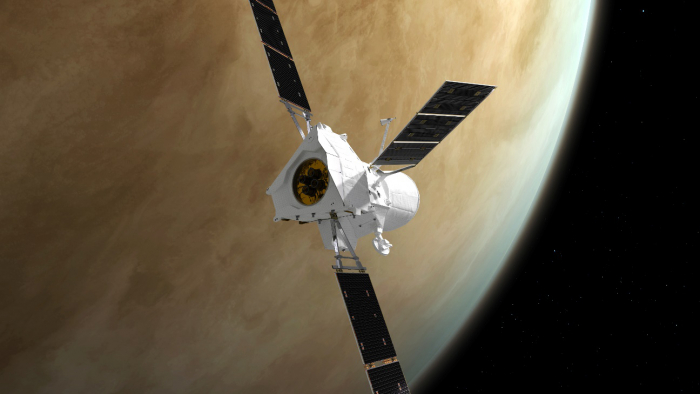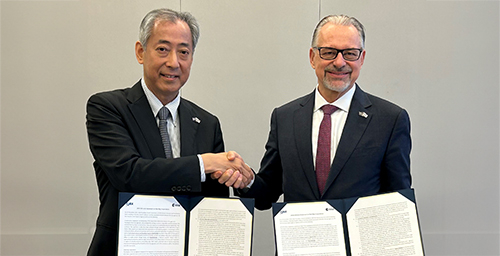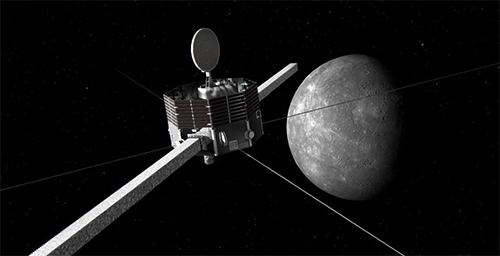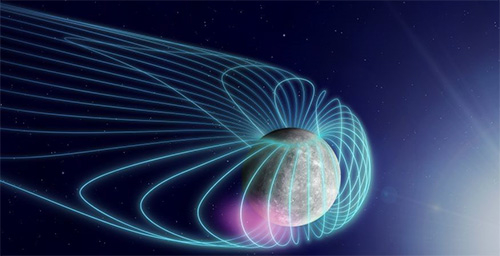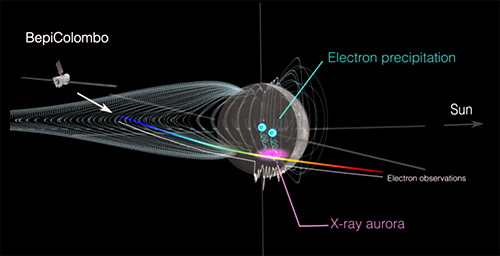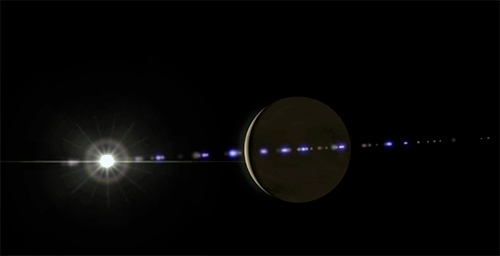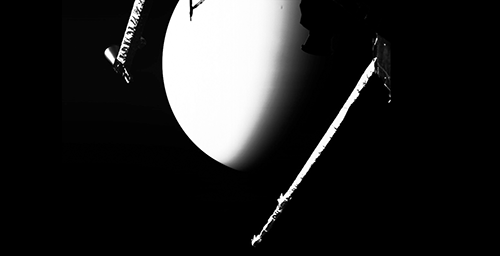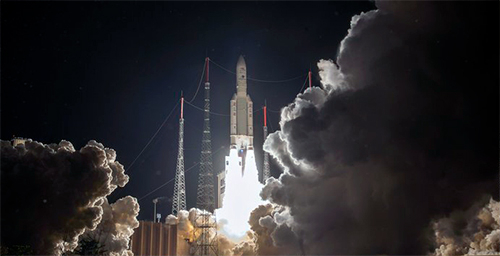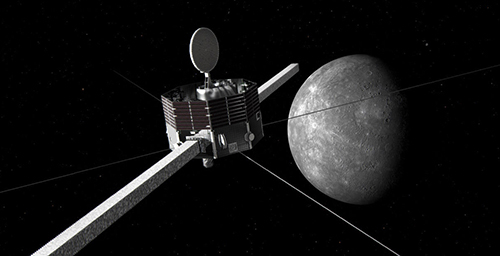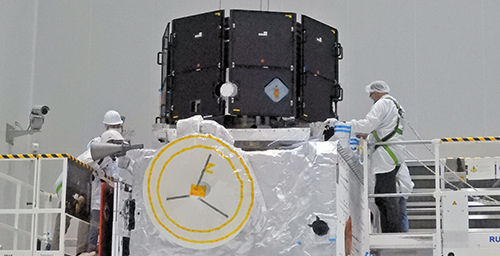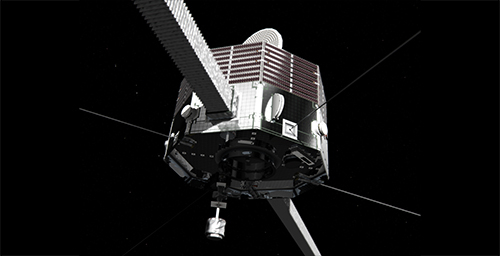(Credit: ESA/ATG medialab)
The convergence of two spacecraft at Venus in August 2021 has given a unique insight into how the planet is able to retain its thick atmosphere without the protection of a global magnetic field.
The ESA/JAXA BepiColombo mission, enroute to study Mercury, and the ESA/NASA Solar Orbiter, which is observing the Sun from different perspectives, are both using a number of gravity-assists from Venus to change their trajectories and guide them on their way. On 9-10 August 2021, the missions flew past Venus within a day of each other, sending back observations synergistically captured from eight sensors and two vantage points in space. The results have been published in Nature Communications.
For details, please see the Europlanet Society website.
Journal paper information
Paper title: BepiColombo mission confirms stagnation region of Venus and reveals its large extent
Journal title: Nature communications
DOI: 10.1038/s41467-022-35061-3

